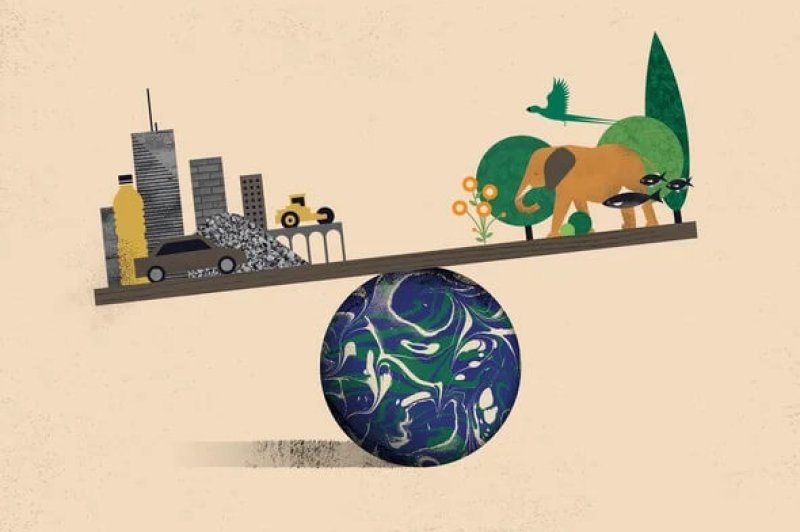If we define “ecological” as that act or activity that is carried out without causing a negative impact on the environment or, better still, protecting it, then until today, there is no form of truly ecological agriculture. All agricultural exploitation, without exception, requires a space, some resources and a series of activities that impact the environment, to a greater or lesser extent.
What we can talk about is whether a given exploitation or management method is more or less sustainable than another.
In general, ‘ecological’ production has shown a reduction in energy use of between 15 and 20% compared to conventional production, all other things being equal. When the different products are analyzed in detail, we find that the greatest reduction in energy use occurs with cereals, legumes and oil production. However, the opposite trend is observed when we analyze horticultural production.
Regarding greenhouse gas emissions, no significant differences are seen in most crops, only a reduction in favor of ‘ecological farming’ is recorded in fruit crops. However, in terms of nitrogen oxide emissions, an increase of about 8% is observed.
Perhaps the most relevant, in food production, with respect to greenhouse gas emissions, is in transportation. The most sustainable of kiwifruit, planted in New Zealand and shipped to Europe, is associated with far greater emissions than the least sustainable of kiwifruit grown within 50km of where it is consumed. In other words, in terms of emissions, the most sustainable is the consumption of local products, and it has much more weight than the mode of production itself.
[Editor’s note: this article has been translated from Spanish and edited for clarity.]































